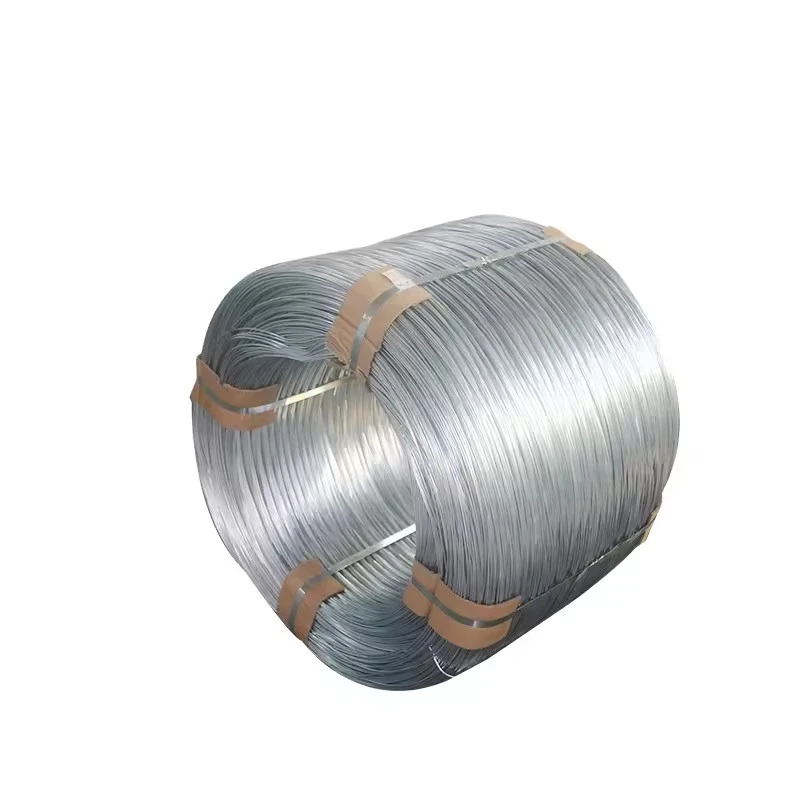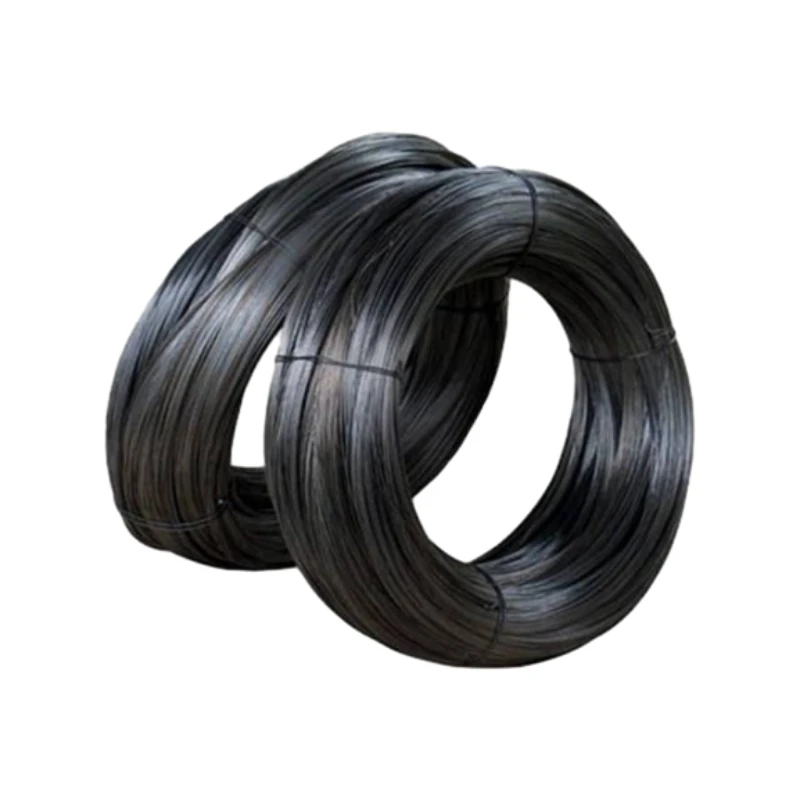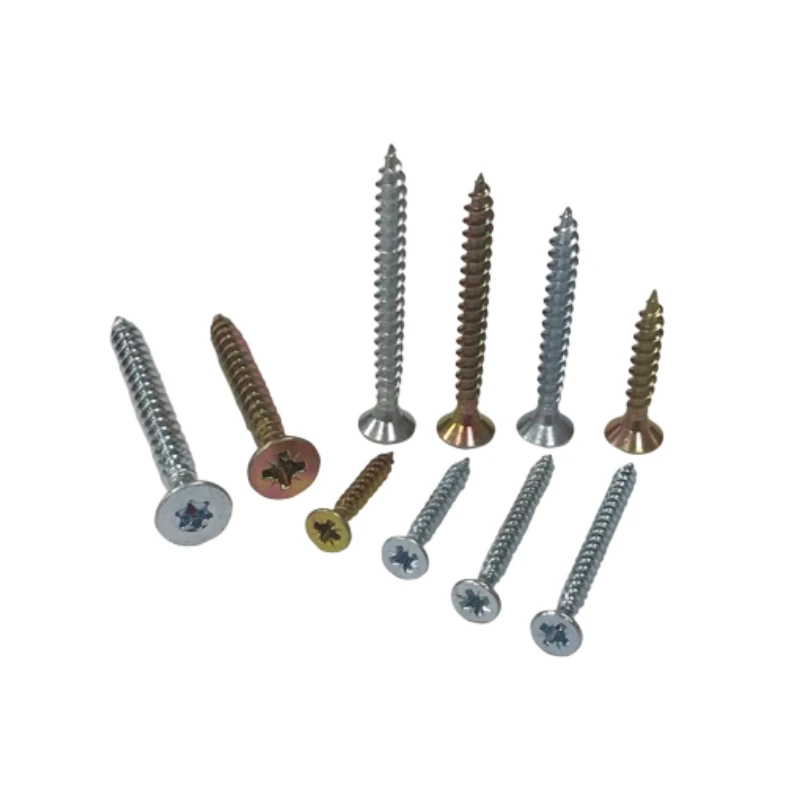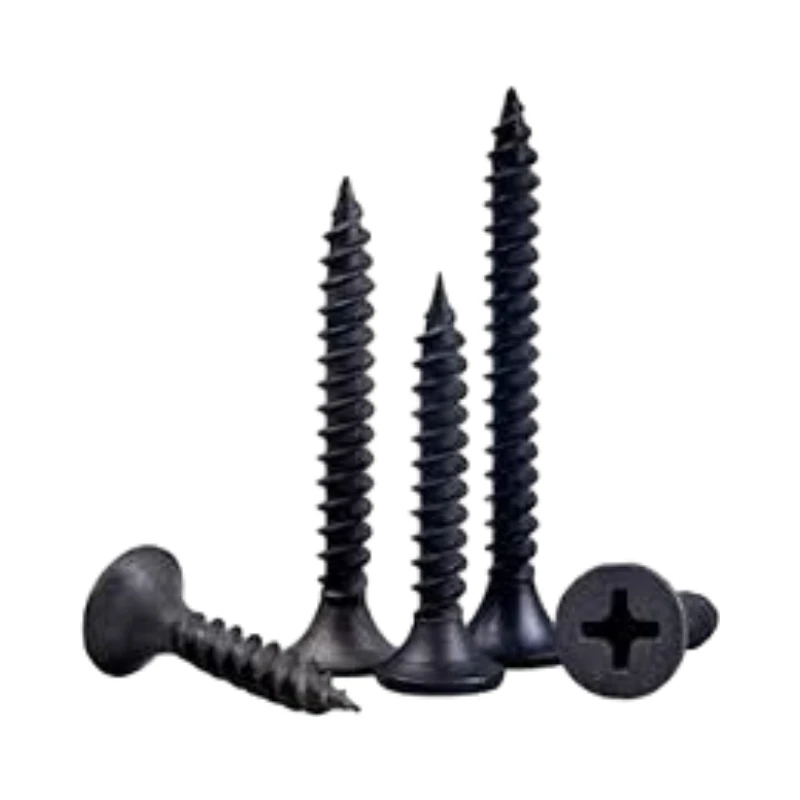
Talk With Us
+86-13601661296
Email Address
admin@sxjbradnail.comDurable and Cost-Efficient Galvanized Brads: Your Essential Fastening Solution
Understanding Galvanized Brads: More Than Just Tiny Nails
At first glance, galvanized brads might not sound like a hot topic for worldwide interest, but they quietly play a surprisingly crucial role in many industries—construction, furniture making, packaging, and even humanitarian efforts. These small metal fasteners, coated with zinc to prevent rusting, address a fundamental challenge: combining strength with longevity in environments where moisture or corrosion might quickly degrade a standard nail. Understanding their value is essential not just for manufacturers or builders but for anyone invested in durable and sustainable materials.
The Global Significance of Galvanized Brads
Why look at galvanized brads on a global scale? Because fasteners are everywhere. The World Bank estimates that infrastructure investments will top $4 trillion annually by 2030, much of which requires reliable fastening solutions. Corrosion and fastener failure cost industries billions each year just in maintenance and replacements, particularly in humid and coastal regions. Galvanized brads help mitigate these issues efficiently, offering a simple, cost-effective answer to a complex problem.
Oddly enough, galvanized fasteners are also critical in disaster relief and modular housing, where rapid deployment and durability can't be compromised. The ISO 898-1 standard, common for bolts and screws, also influences quality benchmarks for nails and brads in construction globally, ensuring consistency and safety even in the most demanding conditions.
Mini Takeaway: Galvanized brads form the backbone of countless projects worldwide, directly impacting infrastructure reliability and disaster resilience.
What Are Galvanized Brads?
Simply put, galvanized brads are small, slender nails coated with a layer of zinc to protect against rust and corrosion. Unlike regular brads, their galvanization allows them to be used in outdoor or moist conditions without failing prematurely. This is crucial for wooden constructions, furniture, and even sealing packaging where strength and longevity matter.
They connect deeply with modern industry and even humanitarian needs because they enable rapid assembly and long-lasting results in variable climates and harsh environments. So think about the humble nail; it’s not just a piece of metal but a key part of structural integrity and sustainability.
Key Factors That Make Galvanized Brads Stand Out
Durability
The zinc coating acts as a sacrificial anode, protecting the steel core from corrosion over time. This means structures built with galvanized brads last longer, especially in humid climates or coastal areas where corrosion is rampant.
Cost Efficiency
Galvanized brads provide a budget-friendly alternative to stainless steel while delivering comparable rust resistance for most applications. For mass production or humanitarian projects, this balance of performance and price is invaluable.
Installation Ease
The slender design and sharp point allow for easy driving with nail guns or manual hammers, speeding up construction without compromising holding power.
Versatility
From fine woodworking to industrial packaging, galvanized brads come in a range of lengths and gauges to suit many needs, making them flexible in real-world use cases.
Environmental Impact
Galvanization extends the lifespan of structures, reducing waste and need for replacements. Plus, zinc itself is recyclable, adding a green edge to an everyday item.
Mini Takeaway: From cost, durability to eco-friendliness, galvanized brads tick many boxes that engineers and builders find essential.
Global Applications and Real-World Use Cases
Globally, you'll find galvanized brads everywhere—from Asia's booming carpentry districts to North America's packaging lines. Here are a few notable applications:
- Post-disaster housing: NGOs deploying temporary shelters after earthquakes or floods rely on galvanized brads for quick but stable assembly, especially in humid or rainy conditions.
- Furniture manufacturing: Scandinavian furniture exporters use galvanized brads to ensure pieces endure shipment overseas and repeated use.
- Industrial packaging: Wood crate manufacturers packaging fragile electronics and machinery apply galvanized brads to secure heavy-duty wooden cases.
- Coastal construction: In Australia and Mediterranean countries, builders favor galvanized brads to combat salty sea air corrosion.
galvanized brads are famously reliable in many zones where untreated fasteners simply wouldn’t hold up.
Advantages and Long-Term Value of Galvanized Brads
The clear advantages include significantly improved rust resistance, which translates into safer structures and lower maintenance. This often means a longer lifespan for wooden builds and packaging solutions, which in turn cuts down on waste and replacement cost.
On a more emotional note, choosing galvanized brads signals a commitment to quality and care—whether you’re building a home or shipping vital equipment overseas. Trust is implicit when the fasteners won’t betray the structure.
Looking Ahead: Future Trends and Innovations with Galvanized Brads
Interestingly, the industry is evolving. New galvanization techniques, like thermal diffusion (Sherardizing), offer even more uniform coatings. Researchers are exploring zinc-aluminum alloys for better corrosion resistance combined with environmental safety.
Automation has started changing how brads are applied on construction sites—robotic nail guns and AI-powered quality control systems help ensure precision and efficiency.
Sustainability remains a huge driver, prompting vendors to source eco-friendly zinc and optimize packaging, aligning galvanized brads with green building certifications.
Challenges and Possible Solutions
One ongoing challenge is balancing cost and corrosion resistance in extremely harsh environments (think marine or chemical plants). Sometimes, stainless steel nails win out despite higher costs.
Innovative coatings and hybrid fasteners combining galvanized brads with polymer sealants are emerging to extend corrosion protection further. Customizing nail lengths and gauges to application specifics also reduces failures.
Frequently Asked Questions About Galvanized Brads
How long do galvanized brads typically last in outdoor use?
Depending on the environment, galvanized brads can last 10–20 years outdoors before significant corrosion occurs. Coastal or industrial zones may reduce that lifespan due to harsher conditions.
Are galvanized brads better than stainless steel for all applications?
Not necessarily. While galvanized brads offer great rust resistance at a lower price, stainless steel nails outperform in extreme corrosive environments, such as marine or chemical exposure.
Can I use galvanized brads for fine woodworking projects indoors?
Yes, but it's less common. Indoor woodworking often prioritizes appearance and may use brass or other finishes. However, galvanized brads add durability if moisture might be a concern.
Where can I buy reliable galvanized brads in bulk?
Specialty fastener vendors and industrial suppliers like SXJ Staple offer a wide range of galvanized brads suited for different industries.
Is galvanization harmful to the environment?
Galvanization involves zinc, which is recyclable and relatively safe compared to other coatings. Proper industrial controls and recycling programs keep environmental impact low.
Product Specifications of Popular Galvanized Brads
| Specification | Typical Range | Notes |
|---|---|---|
| Material | Steel (Carbon) | Cold rolled steel base |
| Coating | Zinc galvanization, 5-15 microns thick | Hot-dip or electro-galvanized methods |
| Length | 15mm to 50mm | Varies with application |
| Diameter (Gauge) | 18 to 23 gauge | Thinner for trim work, thicker for heavy use |
| Head Type | Small round or brad head | Minimal visibility finish |
| Tensile Strength | 300 - 500 MPa | Depends on steel grade |
Comparing Top Vendors of Galvanized Brads
| Vendor | Galvanizing Method | Product Range | Price Range | Key Strength |
|---|---|---|---|---|
| SXJ Staple | Hot-dip galvanization | 15mm-50mm, 18-23 gauge | $$ | High corrosion resistance, bulk supply |
| Fastener Co. | Electro galvanization | 20mm-45mm, 19-22 gauge | $ | Affordable with moderate protection |
| Prime Staples | Thermal diffusion | 18mm-40mm, 18-21 gauge | $$$ | Premium finish, green-certified |
Wrapping Up On Galvanized Brads
So yes, galvanized brads might seem unassuming, but once you zoom out, you see their significance beyond the workshop. Their durability and cost-effectiveness keep complex projects running smoothly, from post-disaster shelters to precision furniture, protecting investments and lives in subtle but menacing environments.
If you’re in the market for dependable fastening, it’s definitely worth considering galvanized brads. The right choice means fewer replacements, less waste, and ultimately, peace of mind.
For a solid supply, detailed specs, and trusted quality, check out galvanized brads. Trust me, it’s one fastener that nails more than wood.
References
-
The Essential Guide to Straight Brad Nails for Modern Construction and DesignNewsNov.21,2025
-
Essential Guide to Steel Brad Fasteners: Uses, Specs & TrendsNewsNov.20,2025
-
Durable and Reliable SS Brad Nails for Every ApplicationNewsNov.20,2025
-
Masonry Brad Nails: Durable Fastening Solutions for Modern ConstructionNewsNov.19,2025
-
Hot Dipped Galvanized Brad Nails – Ultimate Guide for Durable Construction FastenersNewsNov.19,2025









